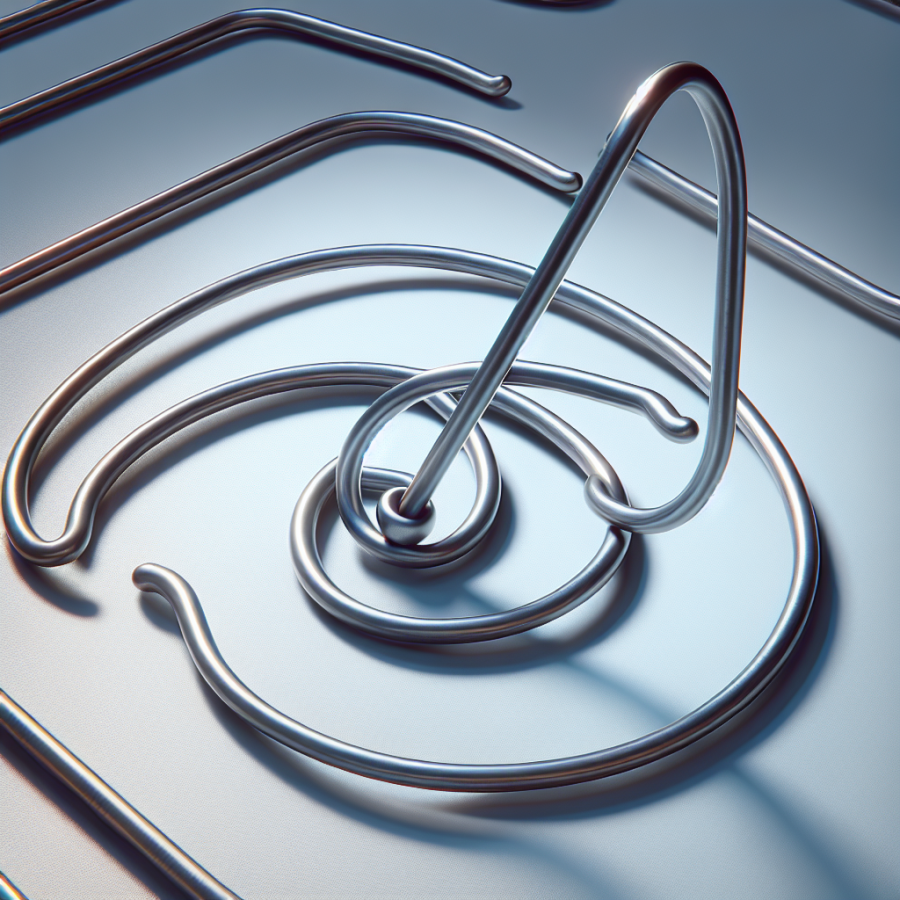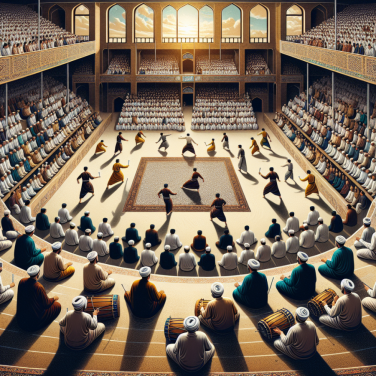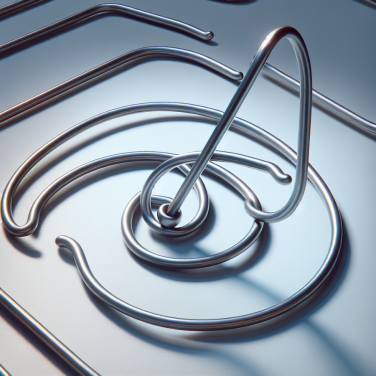Enhancing Steadiness and Precision in the Wire Loop Game
Enhancing steadiness and precision is paramount when mastering the wire loop game, a challenging task that requires a calm hand and laser-sharp focus. Here we'll delve deeper into the methods to elevate these skills, complementing your wire loop mastery journey.
Hand-eye coordination and fine motor skills: To navigate the loop through the wire maze successfully, a player must cultivate excellent hand-eye coordination and fine motor skills. Regular practice with the wire loop game itself is essential, but supplementary activities can also be beneficial. Alternating hands, drawing in the air imitating loop movements, or engaging in activities like playing a musical instrument or assembling intricate models can contribute to proficiency.
Breathing techniques: Steady hands are often the result of controlled breathing. Adopting paced breathing exercises can calm the nerves and prevent shaky hands. Practice deep breathing before starting the game and maintain rhythmic breathing throughout the play to minimize stress and encourage steadiness.
Posture and ergonomics: The way you sit and hold your tool directly impacts your precision while playing the wire loop game. Maintain a good posture, with a straight back and shoulders relaxed but not slouched, to prevent fatigue. Keep the wire loop tool at a comfortable angle and height to ensure a smooth flow of movement. Ensuring ergonomic conditions can lead to greater control and mitigate unnecessary strain on your muscles.
Concentration exercises: Precision is as much a mental game as it is a physical one. Sharpen your focus by engaging in concentration exercises like meditation or practicing the game while ignoring distractions. This can heighten your ability to maintain precision through challenging sections of the wire maze.
Vision drills: Your eyes are the guides in the wire loop game, so improving their ability to track and anticipate the loop's movement is beneficial. You can perform vision drills, such as following a moving object with your eyes without moving your head, to enhance visual precision.
Practice under varied conditions: Playing the wire loop game under different conditions can help improve adaptability and precision. Try varying the lighting, creating distractions, or changing the loop's speed to simulate a range of playing environments. This kind of practice will make your skills robust and versatile.
Slow and steady progression: Begin with simple, less complex wire paths and increase the difficulty as you gain steadiness and control. It's important to achieve a balance between challenging yourself and not overwhelming your current skill level. Slow, incremental progression in difficulty will yield the most consistent and satisfying improvements.
Read also:
Mastering Bullseye Shooting: Techniques for Precision
Advanced Strategies for Conquering the Wire Loop Challenge
In the quest to master the wire loop challenge, enthusiasts often hit a plateau after mastering the basics. To truly conquer this electrifying test of skill and steadiness, you must delve into advanced strategies that push the boundaries of your hand-eye coordination and mental focus. The following advanced tips will elevate your approach to the wire loop game, providing you with the techniques needed to navigate the most complex of circuits with grace and precision.
Firstly, consider the importance of understanding the circuit design before you start. Taking a moment to analyze the path, noting any tight turns, loops, or longer sections, can be invaluable. It's in these observations that strategies can be formed, such as deciding where to move slowly and where quick, confident motions are necessary.
Developing a steady grip on the wand is crucial for controlled movements. One advanced technique involves using a dynamic grip, where pressure is adjusted according to the section of the course you're navigating. For straight paths, a more relaxed grip can be used, while for tighter curves, increasing your grip slightly will offer greater control.
Another critical strategy is to work on your breathing. The correlation between breath control and motor control is well-documented. With deliberate, steady breathing, your hand is less likely to shake, reducing the risk of contacting the wire. Time your breaths with the movements of your hand—the exhale often coincides with the steadiest hand motion.
Maintaining a focus on posture can also play a subtle, yet impactful role in improving your performance. Standing with a balanced, firm posture ensures that your arm moves freely and that you avoid unnecessary tension in your muscles. Make sure your position allows you to move the wand without having to shift your whole body uncomfortably, as this can cause jerks and sudden movements.
Additionally, practicing visualization techniques can significantly impact your performance. Mental rehearsal, where you vividly imagine completing the circuit without touching the wire, can prepare your mind and body for the actual challenge. It's a form of cognitive training that top athletes use to enhance their physical skills, and it applies equally to the wire loop challenge.
Incorporate distractions as a part of your training regimen to mimic high-pressure situations. As you get better, the challenge will often be in maintaining composure amidst distraction. Practice with background noises or in environments where others are watching or talking to prepare yourself for any situation.
Lastly, don't overlook the technology and equipment you use. Higher-quality wands with ergonomic designs can enhance your control and comfort.




